Having navigated the trials of World War II and ventured into the vast reaches of space, James Doohan emerged as a source of inspiration for many budding engineers. His brave pursuits spurred countless people into action, including one who eventually reached the moon. Despite not being of Scottish descent, he upheld the characteristic accent and is hailed as one of the most famous military veterans to achieve success in television.
James Doohan’s entry into the Canadian Army
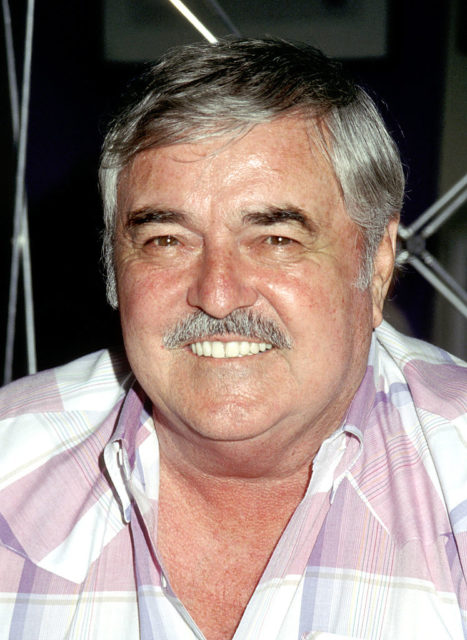
James Montgomery “Jimmy” Doohan was born on March 3, 1920, in Vancouver, British Columbia, Canada, to Irish immigrant parents. His father, William, a pharmacist, was said to have possibly developed a type of high-octane fuel in 1923, though this claim remains unconfirmed. Regardless of this speculation, Doohan’s early life was marked by a strong influence of scientific and innovative thinking.
When his family relocated to Ontario, Doohan attended the Sarnia Collegiate Institute and Technical School, demonstrating a natural talent for mathematics and science. In 1938, he joined the 102nd Royal Canadian Army Cadet Corps, later moving to the Royal Canadian Artillery, 14th (Midland) Field Battery, 2nd Canadian Infantry Division.
Exhibiting remarkable abilities, Doohan was commissioned as a lieutenant with the 22nd Field Battery, 13th Field Artillery Regiment, 3rd Canadian Infantry Division, and subsequently received training in England.
Preparing to land at Juno Beach
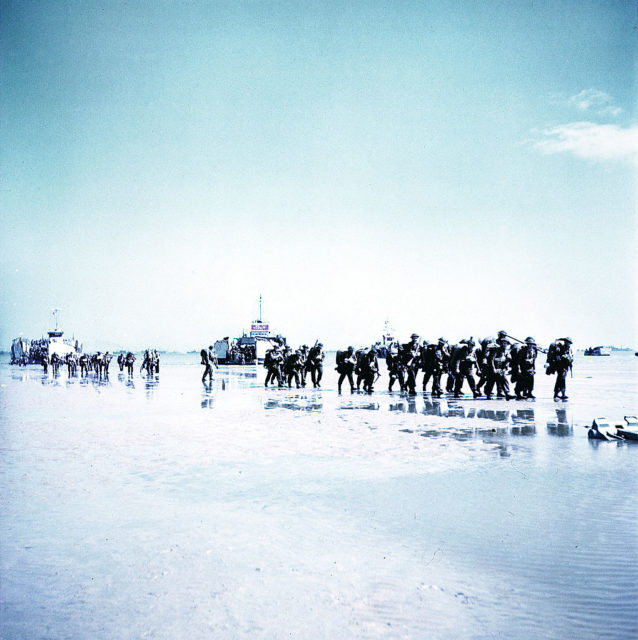
Fast forward to June 6, 1944- D-Day. The British, American, and Canadian forces were allocated specific sections of Normandy’s beaches for their amphibious landings. The Canadians were assigned Juno Beach, the codename for the coastline from the village of Courseulles-sur-Mer to Saint-Aubin-sur-Mer.
James Doohan’s division was tasked with advancing west of Caen, a mission filled with obstacles. They faced two battalions of the German 716th Infantry Division, with additional entrenched troops from the 21st Panzer Division near Caen. To further complicate matters, the beaches were laced with anti-tank mines.
The night before, Allied aircraft had bombarded German positions. The strategy was for the Canadians to land before dawn, using the cover of darkness, based on the belief that the aerial bombardment had sufficiently obscured them. However, this plan failed as the preliminary airstrike was less effective than expected due to adverse weather and poor visibility. As a result, the coastal defenses along Juno Beach remained largely intact.
James Doohan took out two German snipers on D-Day
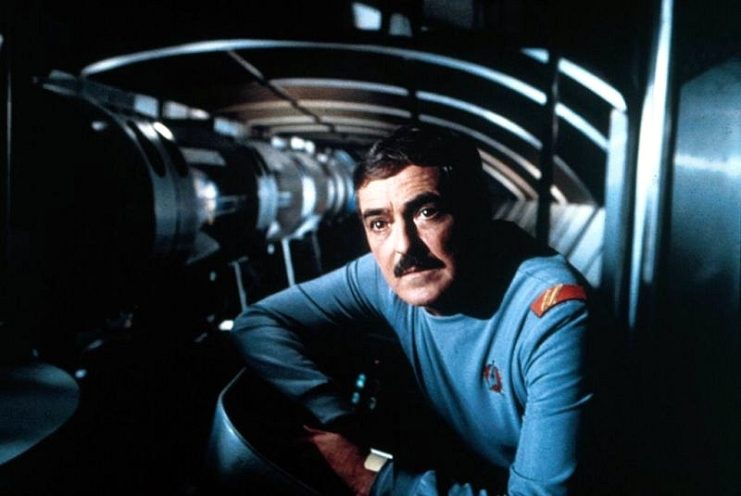
It got worse. Rough weather and high waves delayed the landings until well after the sun had risen on June 6, 1944. Out at sea, James Doohan felt queasy, but it wasn’t because of what lay ahead. He later told the Associated Press, “We were more afraid of drowning than [we were of] the Germans.”
Once the risk of drowning was behind them, what lay ahead for the Canadians proved to be much worse. The first group reached Juno Beach at 7:35 AM and were quickly cut down.
Fortunately for them, the light cruiser HMS Ajax (22) had bombarded Juno Beach earlier, doing more damage to the coastal defenses than the aircraft had. After two hours, the Canadians had swept aside most of the Germans along their stretch of the beach. Doohan led his men across the sands and got lucky, as none of the anti-tank mines went off, as the men weren’t heavy enough to activate them.
As they made their way to higher ground, Doohan shot two German snipers – his first kills of the war. By noon, they’d secured their positions. However, they now had a new problem. The beach was so thick with Canadians that the later arrivals couldn’t advance. As darkness fell, there was a risk they’d mistake comrades for the enemy and end up shooting at each other.
This was exactly what happened, not only at Juno Beach, but at the other landing beaches.
James Doohan suffered six bullet wounds
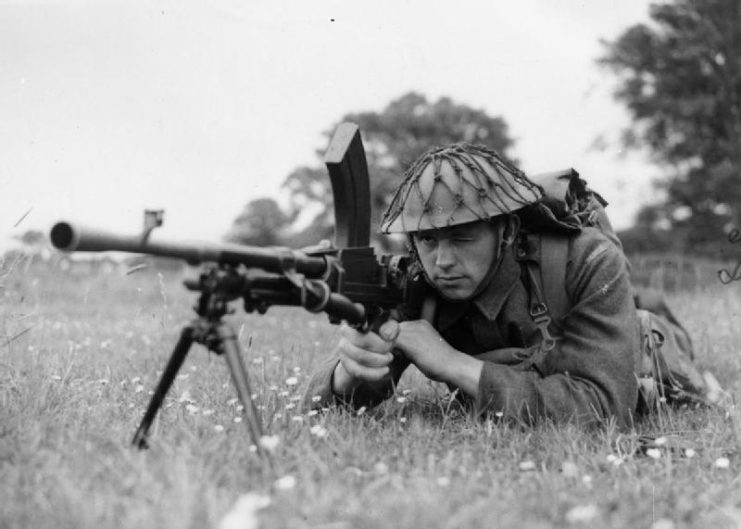
Around 11:20 PM, James Doohan finished his cigarette break, giving a reassuring pat to the case nestled in his shirt pocket – a gift from his brother that served as a talisman of good fortune. This proved fortuitous moments later, for, as he strolled back to his command post, he was met with a barrage of bullets from a Bren light machine gun. The first four rounds struck his leg, the fifth lodged in his chest and the sixth claimed his right middle finger.
The assailant wasn’t a distant German sniper, but, rather, an anxious, overzealous Canadian sentry. Thankfully, the cigarette case intercepted the potentially fatal shot aimed at Doohan’s chest. Reflecting on the incident later in life, the actor quipped that it was the sole instance where his smoking habit served as a lifesaver.
‘Craziest pilot in the Canadian Air Force’
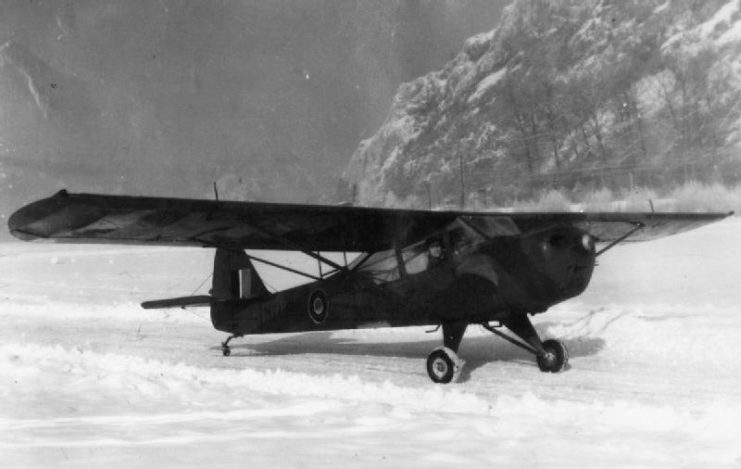
After recovering from his injuries, James Doohan learned to fly a Taylorcraft Auster Mark IV for the No. 666 Squadron RAF. By this point, he was an officer in the Royal Canadian Artillery, supporting the 1st Army Group Royal Artillery at RAF Andover, Hampshire.
In early 1945, Doohan flew his aircraft between two telegraph poles, just to prove it could be done. He got in trouble for that, and everyone called him the “craziest pilot in the Canadian Air Force.”
James Doohan goes from the Canadian Army to outer space
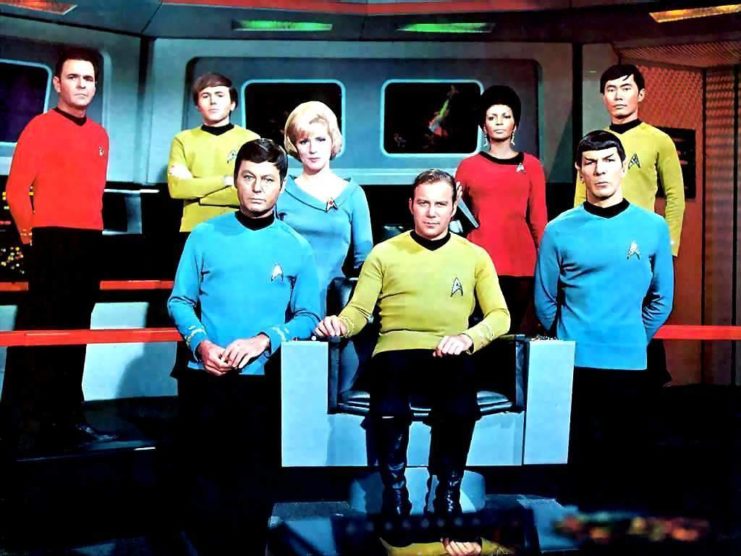
After the Second World War, James Doohan returned to Canada. Upon hearing a radio drama, he believed he could do a better job than the voice actors featured and switched his focus of study from technical schooling to drama. His first job was with CBC radio. He ultimately went on to do 4,000 shows on radio and 450 on television, earning a reputation as the most versatile voice actor in the business.
In 1965, Doohan was assured of a place in film history when he landed – and helped develop – the role of Montgomery “Scotty” Scott in Star Trek. In addition to playing the role of chief engineer for the starship Enterprise, Doohan also helped create the Klingon and Vulcan languages for the show.
Doohan became so iconic that fans credited him with their interest in engineering, astronomy and other technical fields. Among these was the engineer-turned-astronaut Neil Armstrong, who personally thanked Doohan in 2004.
More from us: Star Trek Creator Gene Roddenberry Faced Death Twice While In the US Army Air Forces
Doohan died in 2005. To honor him, a Falcon 9 launch vehicle took some of his ashes into space. Two years later, the Scottish town of Linlithgow claimed him as one of their own with a predictive commemorative plaque. “Predictive” because it claims he will be born there on 2222.
